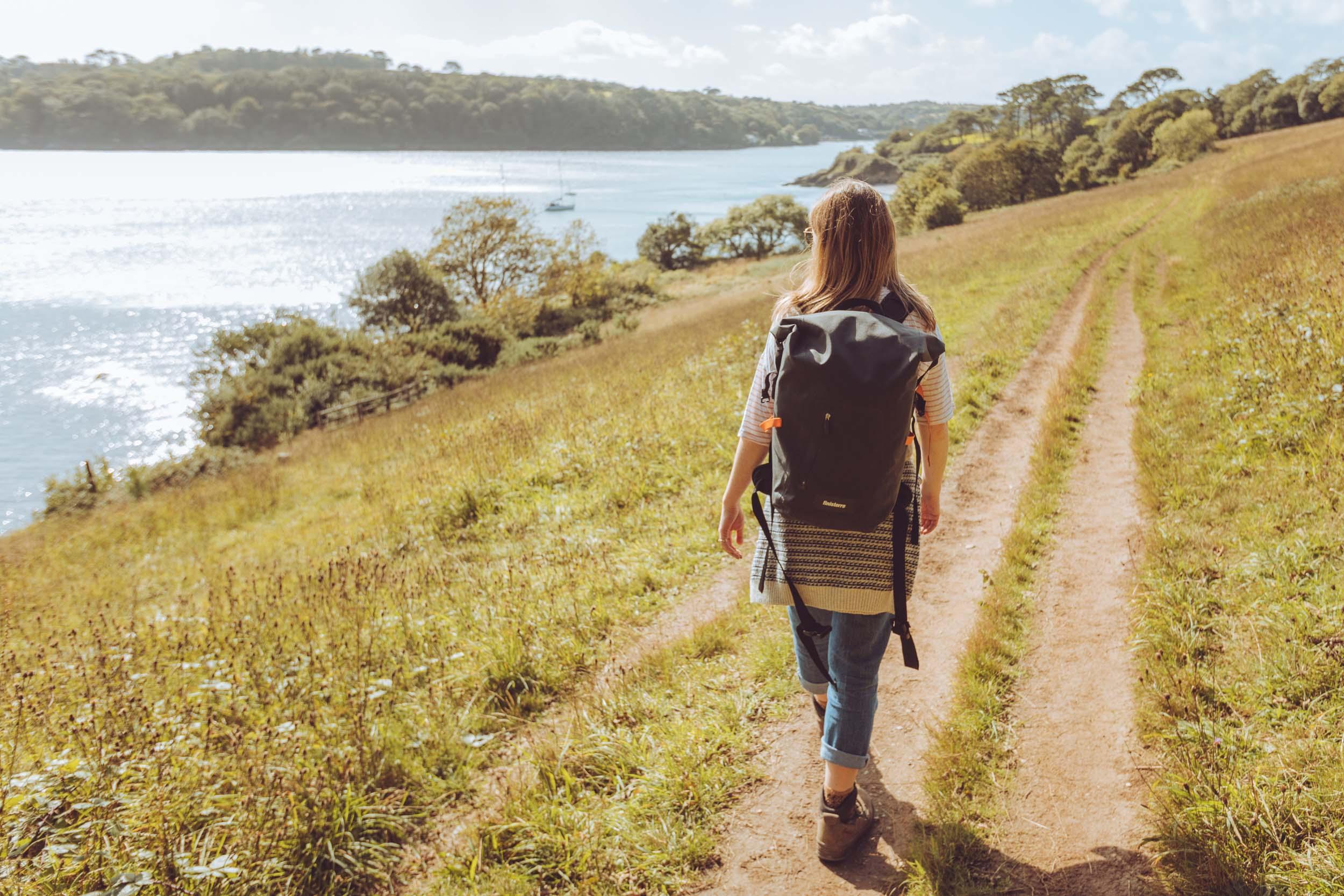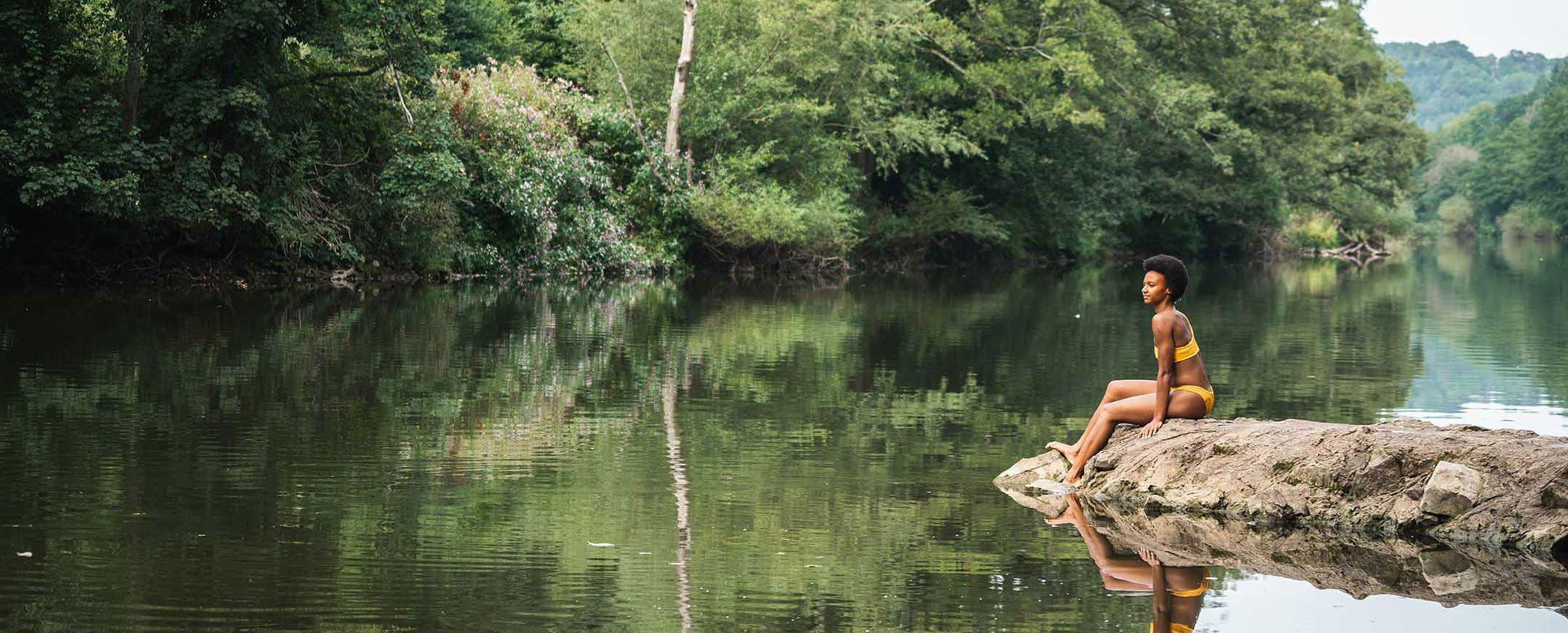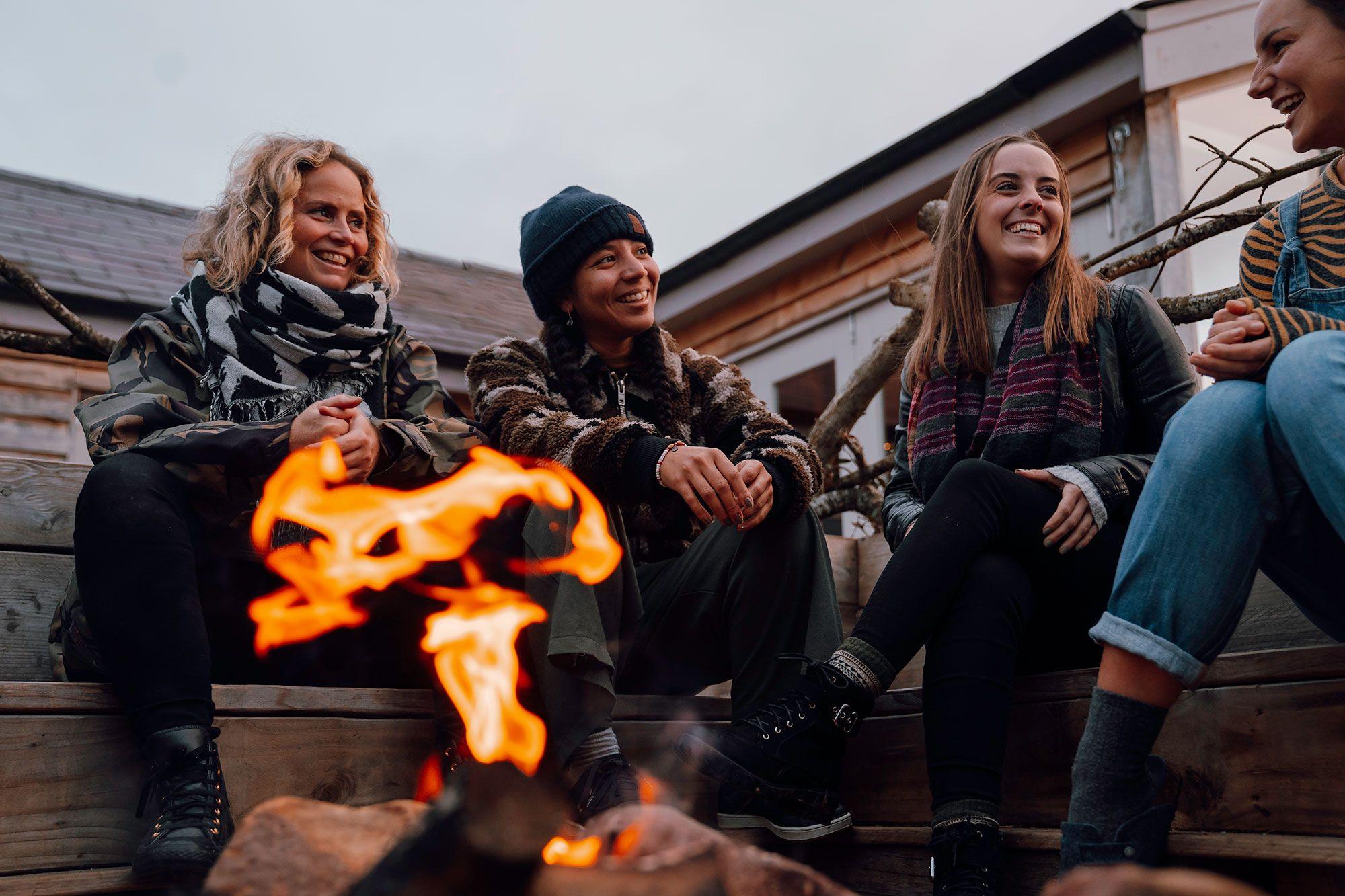
Wild swimming for beginners
When it comes to wild swimming, there’s few people with the experience – writer, editor, adventurer, and the creator of the award-winning blog, The Girl Outdoors – Sian Lewis has.
With decades of experience seeking out, and plunging into, wild swimming spots – Sian’s one of the best people to speak to about getting into wild swimming, where to go, what to wear, what to bring and more. But, most importantly – how to get started.
Grab your swimsuit and splash into the magical world of wild swimming. Taking a dip in a lake, a river or the open sea is a wonderful way to wash away stress and find freedom in nature.
Outdoor swimming is just as good for your physical health as for your mood – cold water has been proven to boost your immune system, improve your circulation and give you a natural hit of endorphins. There’s nothing like the feeling of emerging from a river or the ocean with tingling skin and a clear mind but be warned – wild swimming is seriously addictive.
Whether you want to swim for exercise year-round or just jump off the deck of your glamping spot on a hot summer’s day, outdoor swimming is also a wonderful way to explore Britain’s wildest corners. Once you start seeking out the UK’s quiet, reed-edged rivers, shady forest pools and hidden waterfalls, you’ll be astonished at the beautiful, crowd-free wild spaces you can find, from the quirky ‘pots’ – river plunge pools – of the Lake District to hidden Scottish beaches and deep Cornish quarries.
Not sure where to start? You could make wild swimming the star of your next escape - many of Canopy & Stars’ places to stay are near lovely swim spots, or even have their own accessible lakes or rivers on site. If you want to meet like-minded swimmers and explore new local spots, try joining your local outdoor swimming club.
What to pack for warm water dips
Swimsuit or wetsuit – Whether you’re braving wide-open lakes or sunlit coves, choose a comfy cossie or thicker suit that lets you dive in with confidence.
Tow float – A bright tow float keeps you visible and adds a little extra peace of mind for longer dips.
Microfibre towel – Quick-drying, light as a feather and perfect for a post-swim snuggle.
Swim shoes – Protect your toes from pebbly shores and surprise seaweed with a sturdy pair of aqua shoes.
Snacks – Pack your favourite post-swim treat – think flapjacks, bananas or cheeky chocolate bars.
Waterproof bag – A dry bag will keep your kit safe and stop your soggy stuff from soaking everything else.
What to add for winter swims
Your body temperature can drop quickly in the winter months - pack the right kit to help you warm up fast.
Wetsuit – If you’re going in for more than just a quick dip, a warm swimming wetsuit will keep you warm for longer. Add boots and gloves on the coldest days.
Woolly hat – A warm beanie will help you cosy up after a chilly plunge.
Flask of something hot – Nothing beats a mug of hot tea or sweet cocoa, sipped slowly, while you defrost.
Changing robe – Get changed like a pro with a fleecy robe that doubles as your portable changing room and then will stop you shivering when you get out.

How to get started
Planning your first ever wild swim? Pick a well-known swim spot on a warm, sunny day, get in slowly and have a little paddle about, getting out before you get cold (or if you stop enjoying yourself!). Feeling a little nervous? You could try out a cold-water dip at a local lido or even join a swimming club so you can swim with others. Follow the wild swimming safety tips below to keep safe, then jump on in – the water’s lovely.
Safety tips
1. Do your research online before swimming in a new spot – check that the water is safe to swim in, that you aren’t trespassing, and that wild swimming is permitted.
2. Avoid swimming alone. A Swedish proverb says that ‘shared joy is double joy’ – a dip is always better, and safer, with a buddy.
3. Scope out your swimming spot carefully before you jump in. Check the depth and flow of the water (avoid swimming in rivers with fast-flowing currents) and look out for any hidden rocks or submerged branches.
4. Ocean swimming is wonderful but can be challenging for beginners – make sure you understand tide times and how to look for rip tides before you swim. If in doubt, swim on a lifeguarded beach.
5. Look for an exit point - work out how you’ll get out of the water before you get in.
6. Cold water is very good for you, but make sure finish up your swim before you get too chilly and start shivering. On colder days, have a robe and a hot drink handy, so you can warm up quickly when you get out of the water.
7. Consider wearing a wetsuit and aquatic sandals for extra warmth and protection.
8. If you encounter trailing weeds or seaweed, don’t panic – just float gently through them, swimming using your arms but not your legs.
9. Avoid swimming in city rivers and canals – the water is more likely to carry harmful bacteria.
10. Don’t swim anywhere with stagnant water or where you see a greenish bloom on the surface – this could be blue-green algae, a bacteria which can make you sick.
11. Never swim after consuming alcohol.
Six of the best resources
Wild Swimming
Amazing spots to swim across Britain, mapped and reviewed.
Grab one of Vertebrate Publishing’s handy wild swimming guidebooks before you go exploring.
The Wild Swim Store
Lovely range of swimsuits, long-sleeved suits and wild swimming accessories.
Lists social swim groups across the UK.
Helpful safety advice, tips and videos from the Royal National Lifeboat Association.
Safer Seas & Rivers Service App
Keep up to date on which rivers and seas are safe whether it’s sewage spill off in rivers or wave heights on the sea.

Sian Lewis is the author of The Girl Outdoors – a great site for anyone who loves adventures. Her new book, Swimming Wild in the South West, is out in May 2026.













